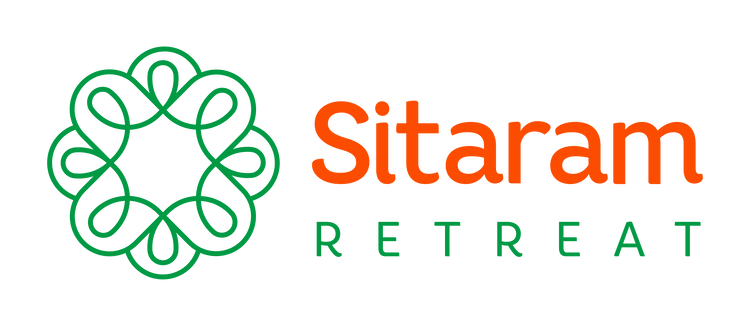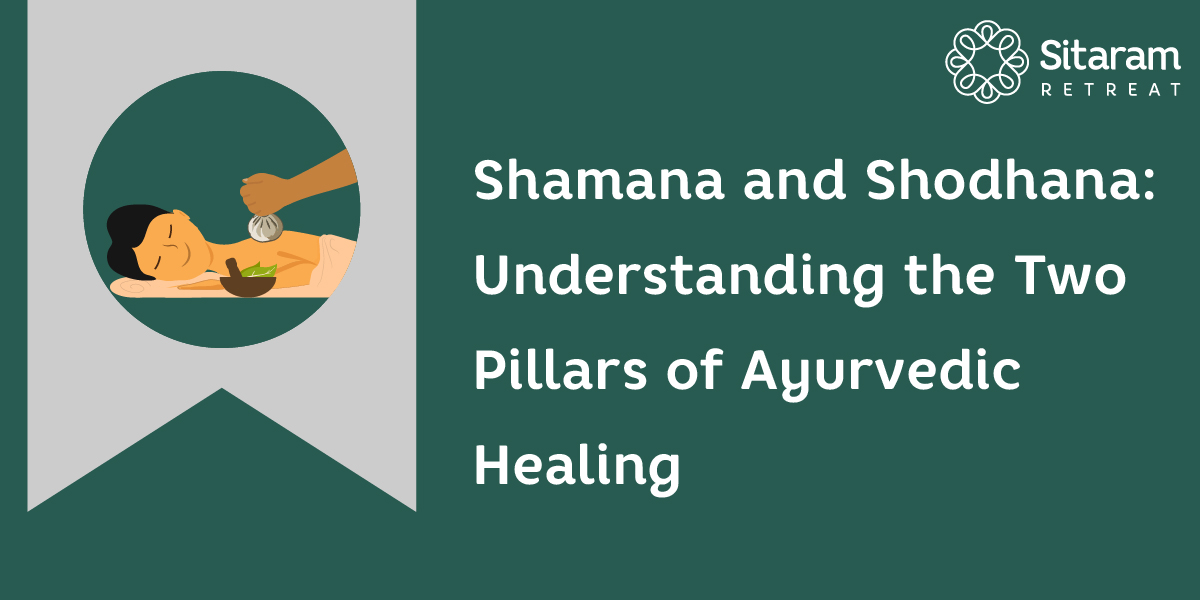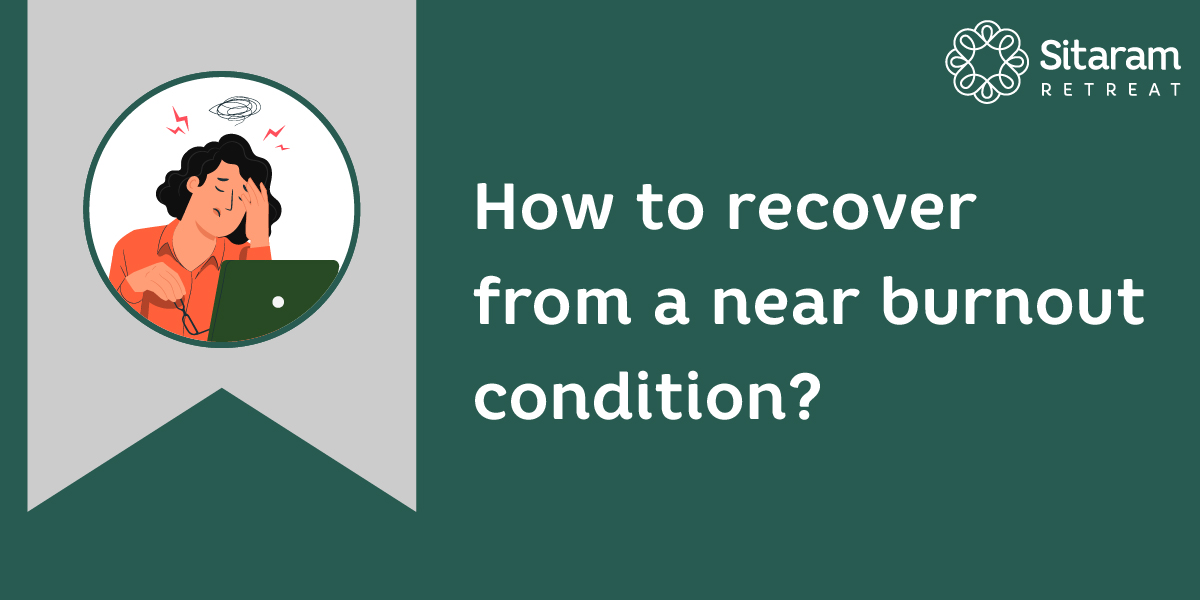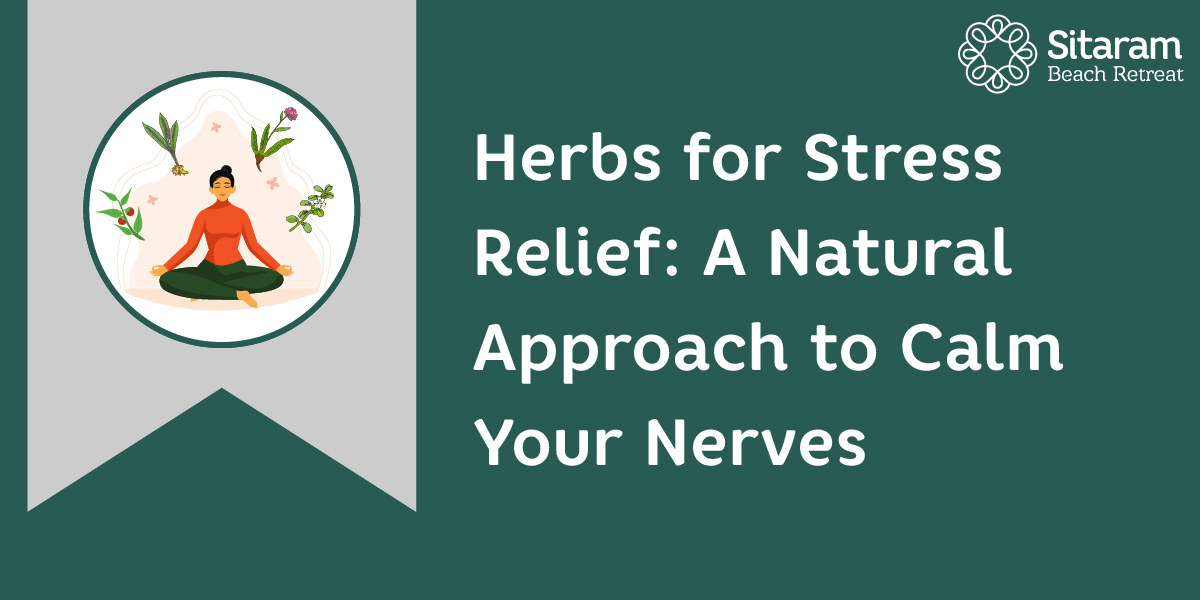Ayurvedic Benefits Of Shirodhara
By Vignesh Devraj

‘Shiras’ or the head is considered to be the most important part of the body. It is the seat of all the sense organs and most importantly, the brain. Ayurveda depicts the human body as an inverted tree- the one with roots pointed upwards and canopies, downwards. So how do we grow a tree? By watering it and nourishing it. Even if water is poured only into the roots, the whole tree gets nurtured. This is the essence of Shirodhara, an Ayurvedic way of replenishing the body and mind.
Benefits-
- Relieves insomnia
- Manages the sleep cycle
- Reduces stress and anxiety
- Improves hair and skin health
- Increases attention and concentration
- Relieves headache
- Manages psychotic problems like depression, dementia, etc.
- Enhances vision and eye health
- Improved circulation and manages hypertension
- Relaxing to both body and mind
Murdha taila (methods of anointing the head with oils) is one of the most celebrated procedures in Ayurveda. Shirodhara is one of the 4 types of Murdha taila and is the best when it comes to well of sense organs and the mind.
What is Shirodhara?
Shirodhara is the process of pouring lukewarm medicated liquids in a to-and-fro fashion on the forehead of the person in a lying posture. It is a method of external nourishment and is highly beneficial in vata related disorders. The word ‘Shiras’ means head and ‘dhara’ means pouring. It is also known as shirah seka, parisheka, and dhara. The liquid to be poured differs with respect to the disease, but, the commonly used ones are:-
- Coconut oil (velichenna)
- Sesame oil (Tila taila)
- Milk (ksheera)
- Buttermilk (takra)
- Decoctions (kashaya)
- Plain water
Why Shirodhara?
The importance of Shiras or head is a repeatedly stressed topic in all ancient Ayurvedic texts. The tree-body simile, when analyzed in a deeper sense, reveals the importance of Shiras. It hosts and holds the brain and the sense organs, and is also considered to be the seat of prana (vital force). Many of the important Marma points (vital spots) are present on the head. According to Yoga, the Sahasrara chakra and Ajna chakra, two of the 7 imaginary wheels of energy, are located at the center of the skull. All these make Shiras the Uttamanga or the superior body part. Also, the head, especially the forehead region has most nerve endings, and the dripping of medicated liquid can stimulate them. As the head manipulates a person in total, the treatments done on the head will have an impact all over the body and mind. That is where treatments like Shirodhara, exclusive to the head, come into the picture.
General indications and contra-indications
Shirodhara is generally indicated for:-
- Boils of the scalp
- headaches and migraines
- burning sensation in the head
- suppurations and ulcers on the head
- head injuries
- facial paralysis
- mental illnesses
- other diseases of vatik origin
Shirodhara is not advised for everyone. Not all physical conditions and diseases are bound to tolerate this treatment. The ones who should not appear for Shirodhara are:-
- Pregnant women, especially the ones in the later stages of pregnancy
- Fatigued people
- The ones who suffer from nausea and vomiting
- People with an allergy to the chosen medicated liquid
- People suffering from brain tumors and fresh head injury
How is Shirodhara done?
The procedure of Shirodhara can be divided into three:-
- Pre-procedure
- Main procedure
- Post-procedure
Pre-procedure
- Preparing the patient:-The patient should be correctly assessed before the procedure. His physical constitution (prakriti) needs to be noted and the medicated liquid has to be chosen accordingly. The treatment would be more effective if the head of the patient is completely shaven.
- Selecting the medicated liquid:-there are a variety of choices for this- oils, milk, buttermilk, water…the physician should choose one according to the condition of the disease and the diseased. The fluid can be customized by adding necessary herbs to it. In vatik conditions, medicated oil is better. In pitta related ailments, medicated ghee will do the job. In kaphaja diseases, oils processed with Kapha pacifying herbs can be used.
The procedure room will have a clean table with a dhara pot hanging above the head position, which has a hole and a wick extended from it. A collection pot will be placed at the head end to collect the poured liquid so that it could be reused. Stoves, vessels, pillows and cloth pads need to be arranged as per the requirement.
The main procedure
The patient is instructed to lie down on the table and a small pillow can be placed for neck support. Mild oil massage should be done beforehand, and the eyes will be closed with cotton pads to prevent liquid from entering them. The slightly heated medicated liquid is poured on the Dhara pot and is channelled to the forehead of the patient from a height of about 10 cm. It is moved in a to-and-fro fashion and the liquid is allowed to cover the entire forehead as a continuous stream. The head should be massaged occasionally. The collected liquid can be reheated and poured into the pot. Duration should be around 30 minutes.
Post-procedure:-
The person is advised to relax afterward for about half an hour and the scalp should be cleaned and dried thoroughly. The body can be sponged with warm water and a talam could be placed on the vertex of the head.
The patient can bathe afterward in lukewarm water processed with herbs. Light food can be consumed if hungry, but a minimum time gap of 1 hour should be given.
Points to be taken care of:-
- The treatment has to be done in the morning or evening hours.
- The patient has to be properly assessed beforehand. If he shows any symptoms of distress, the treatment should be called off temporarily.
- The temperature of the medicated liquid should be tolerable.
- If the liquid used is Buttermilk, milk, or sugarcane extract, it has to be freshly prepared and not reused.
- Afterward, a vata pacifying diet is advised.
- The treatment will be more effective if the head is completely shaven


 retreat@sitaramayurveda.com
retreat@sitaramayurveda.com +91 813 8888 912
+91 813 8888 912





